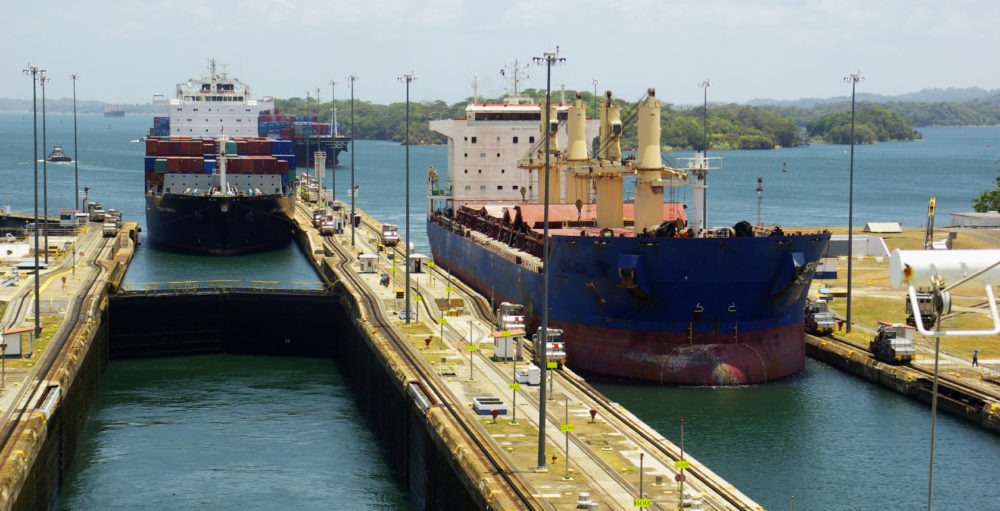Sometimes it can be tough to sell free trade.
Where are we going? To the complexities of the TPP (Trans-Pacific Partnership) trade negotiations.
Trans-Pacific Partnership History
Our story starts in 2003 with Chile, New Zealand, and Singapore. Joined by Brunei in 2005, the “P-4” had a trade agreement the next year. Only the beginning, negotiations were continuing on finance in 2008 when the U.S. entered and soon was joined by Australia, Peru and Vietnam. With Malaysia, Canada and Mexico and later Japan, the talks (now at 20 rounds) wound up with 12 nations.
The TPP 12:

The 12 TPP countries already interconnect through existing trade agreements.

Negotiating Topics
If we had to name one theme tying their huge list of topics together, it would be market access. Goods and services will be able to move with ease among the 12 nations as supply chains interlock, tariff and non-tariff barriers are eliminated and common protections are established for areas that include intellectual property, labor and the environment. If a mathematician were handy, she could compute the monumental number of permutations that 12 countries with 30 topics and countless subtopics have to agree on.

The U.S. Congress
And finally, we can add to all of this what has to happen domestically. In the U.S. President Obama hopes for trade promotion authority (TPA). Also called fast track, it just means Congress cedes its right to debate the content of a trade deal. Instead lawmakers can only vote yes or no–approve or reject– within 90 days.
You can see the benefits of fast track for this kind of a deal. Imagine if Congress added an amendment and the 12 nations had to return to the negotiating table and begin all over again!
Our Bottom Line: Free Trade
Talking about free trade, economists rarely say, “On the one hand but then on the other.” Almost all agree that free trade is beneficial. The reason takes us back to the early 19th century and David Ricardo. The economist who first explained comparative advantage, David Ricardo (1772-1823) said each nation should make whatever involves the lower opportunity cost in that country. Because we are all doing what we do best, productivity is optimized through specialization and trade. Meanwhile, consumers benefit because worldwide competition lowers prices.
And yet still, free trade is a tough sell because people tend to focus on protecting domestic industry rather than the growth that globalization creates.






